Rasha Saleh is a fierce conservationist. The 25-year-old Dubai-based volunteer was selected by Airbnb to travel to Antarctica in December for an eight-day sabbatical, assisting British environmentalist Kirstie Jones-Williams with her groundbreaking research on plastic pollution. An education and outreach coordinator at Emirates Nature-WWF, Rasha is accustomed to working in desert climates and had never seen real snow or ice before the trip. So how did she fare without her home comforts and conveniences as a citizen scientist in the Great White Continent?
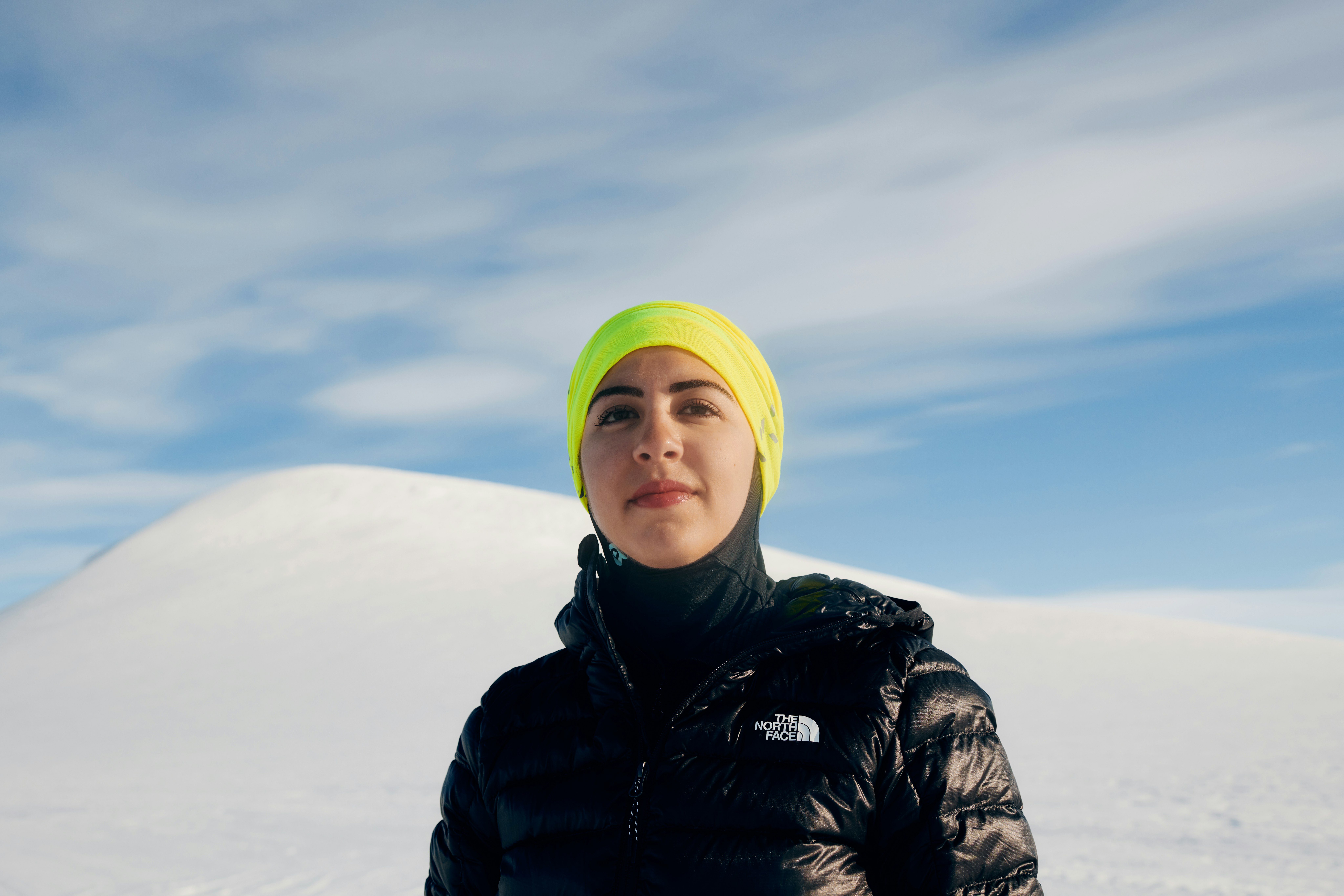
Selected from a pool of more than 140,000 applicants, Rasha joined four other volunteers from Hawaii, Arizona, India and Norway on Airbnb and Ocean Conservancy's all-expenses paid Antarctic Sabbatical in December. The volunteers spent two weeks in Punta Arenas in southern Chile, training for the experience, before flying to Union Glacier Camp, in the remote southern Ellsworth Mountains of Antarctica. The purpose of the sabbatical was to assist British environmental scientist Kirstie Jones-Williams with her groundbreaking research on microplastics and their potential pollution of one of the most remote places on earth.
Raised in Abu Dhabi, Rasha works for Connect with Nature in Dubai, a youth conservation movement run by Emirates Nature-WWF and the Environment Agency Abu Dhabi, where she spearheads beach cleanup campaigns. But for the sabbatical, she swapped desert temperatures for an all-white landscape of snow and ice, and a much less conventional role. "When we were heading out to the field, our small group was tethered together along a rope to protect ourselves from falling into potential hidden crevasses. As the last person in the line, I was tasked with ensuring the safety of the group and taking extra precautions if needed," Rasha explains. "I also supported the team in collecting data on the temperature and wind speed, in addition to collecting cloud data and photos at each sampling point."
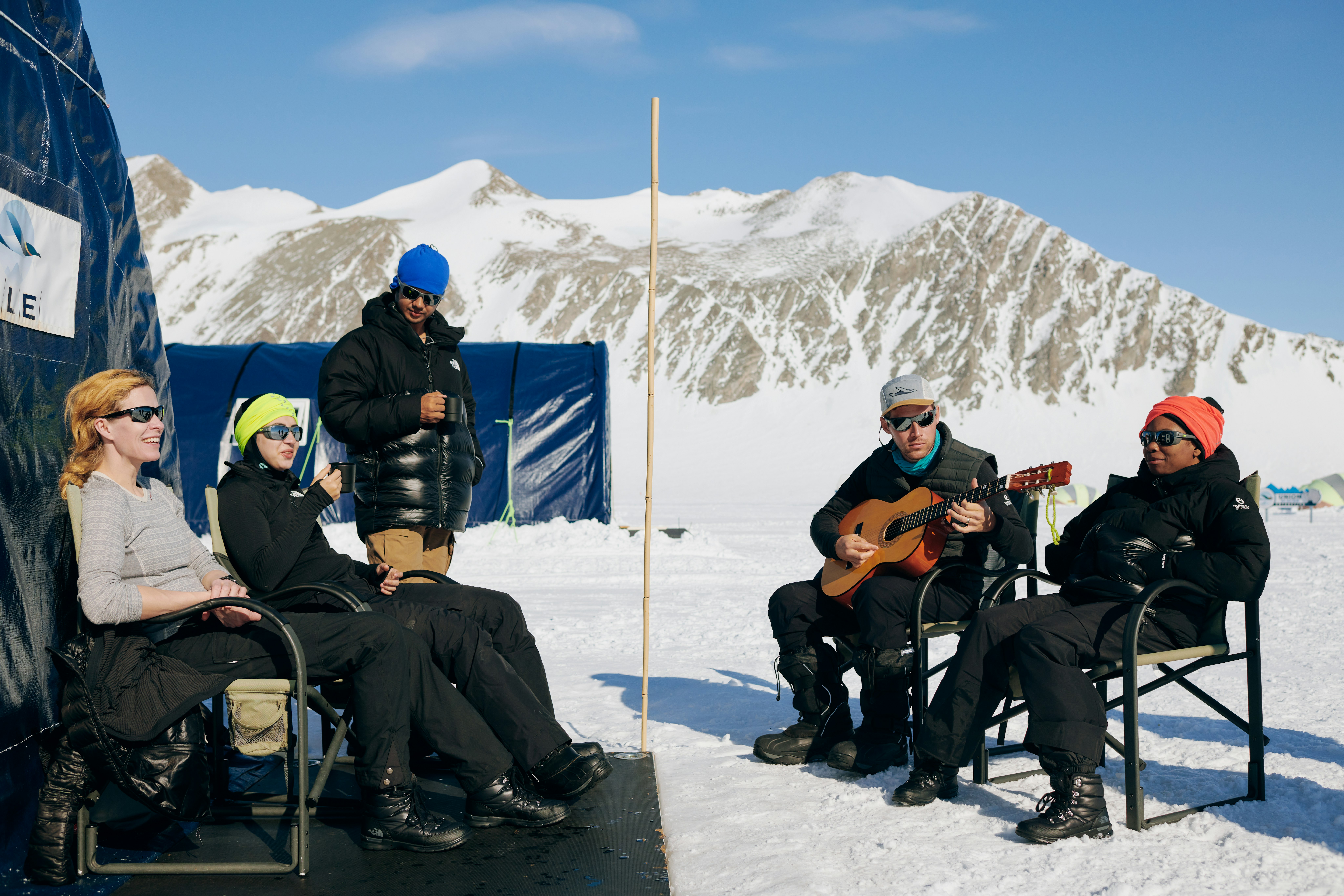
By her own admission, Rasha is not a morning person but out in the wilds of Antarctica she looked forward to waking up early because "every day was a new adventure". Not least, because she had to figure out how to stay hydrated and clean while adhering to the continent's strict 'leave no waste' policy, which meant using a non-flush toilet for separate waste, as well as timed showers. "It made me rethink how I have grown accustomed to the comfort and convenience of those amenities in my everyday life," she says. "It’s a luxury to have running water that is clean and warm - and to some that may seem infinite but in fact water is becoming a very scarce resource, especially in Dubai, where I currently live."
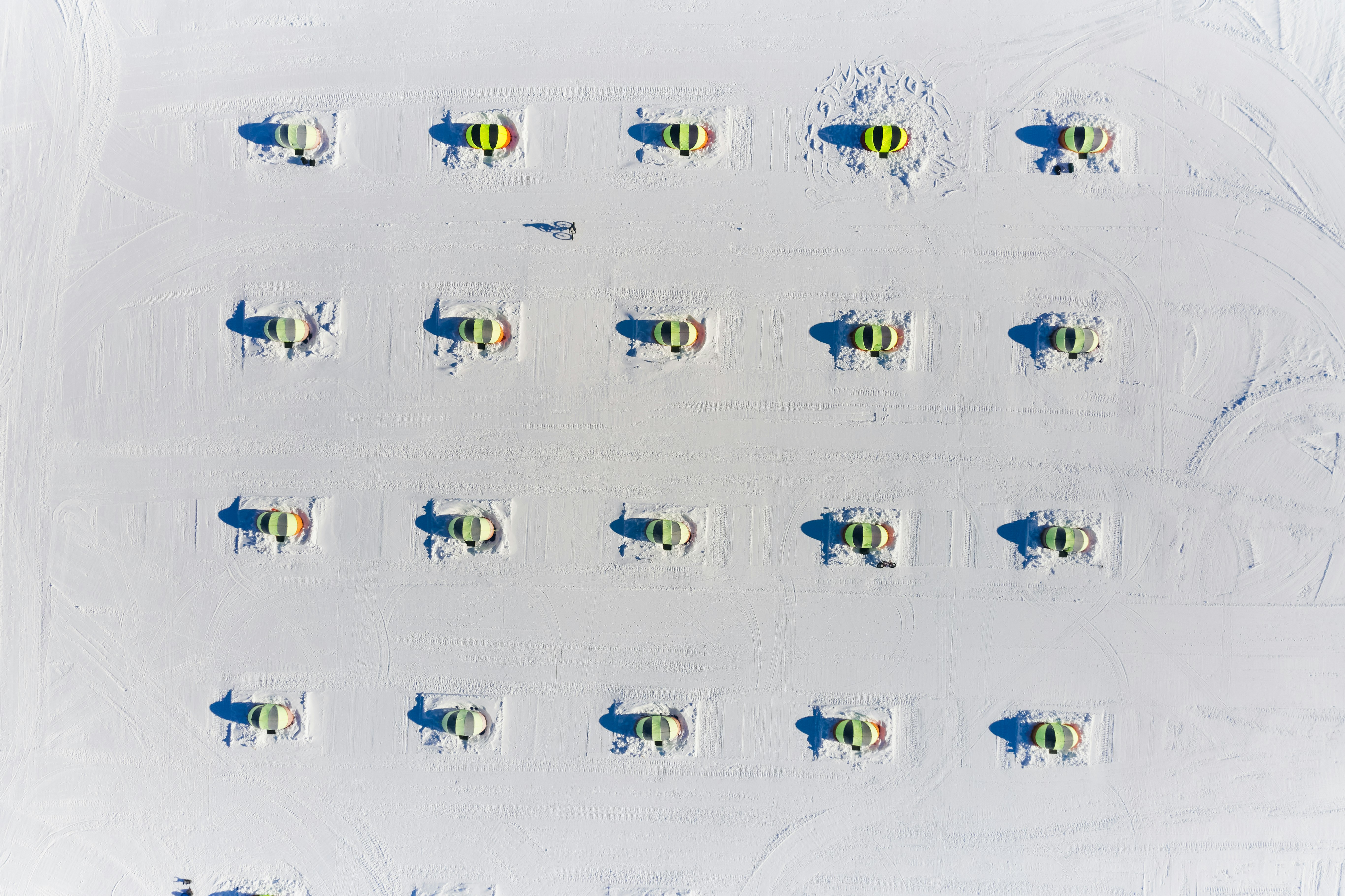
At Union Base Camp in the height of the Antarctic summer, volunteers experienced 24-hours of daylight. But tents were comfortable; furnished with hard floors, cot beds, polar sleeping bags and heating. The group was also kitted out in state-of-the-art clothes courtesy of outdoor brand North Face. And a dining tent provided them with five calorie-boosting meals per day to keep them warm. Out on the field, they trekked with Kirstie to some of the most isolated tracts of Antarctica to fully test her hypothesis that microplastics have infiltrated the pristine environment, highlighting the extent of human impact on the planet and the scope of the plastic pollution crisis.
Despite long hours in both the field and the lab, the group also got plenty of downtime; swapping stories, playing music and marvelling at the landscape. Tours were arranged to some of the most spectacular parts of the continent, including hikes to Drake Icefall and Charles Peak Windscoop, as well as a four-hour flight on a ski plane to the South Pole itself, the icing on the cake for Rasha in this once-in-a-lifetime experience
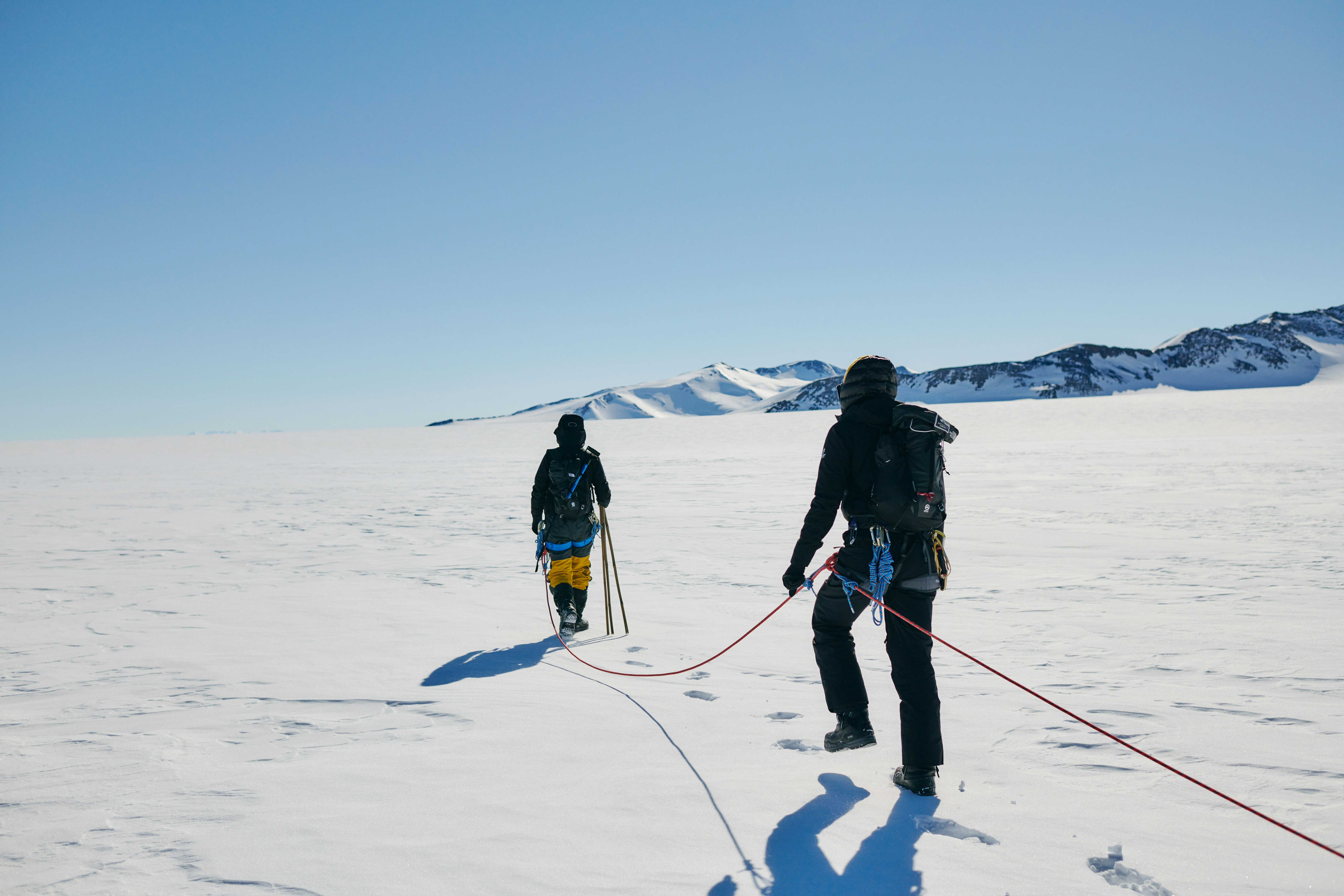
"Initially, I was pretty scared to go to a place with temperatures even close to zero Celsius, as I had never before seen real snow and ice," she says of the South Pole experience. "Not only did I see snow and ice for the first time in my life, I made it through temperatures around -30C and enjoyed every second of it. Learning about the famous explorers who spent time in Antarctica and literally following in their footsteps was an incredibly humbling and unforgettable experience."
While the results of the findings have yet to be published, Rasha says the experience was eye-opening and what she learned on that trip will have a lasting influence on her work. When she returned home to the UAE in January, she continued to educate people about what can be done at a local level to reduce microplastic pollution and protect our fragile ecosystems.
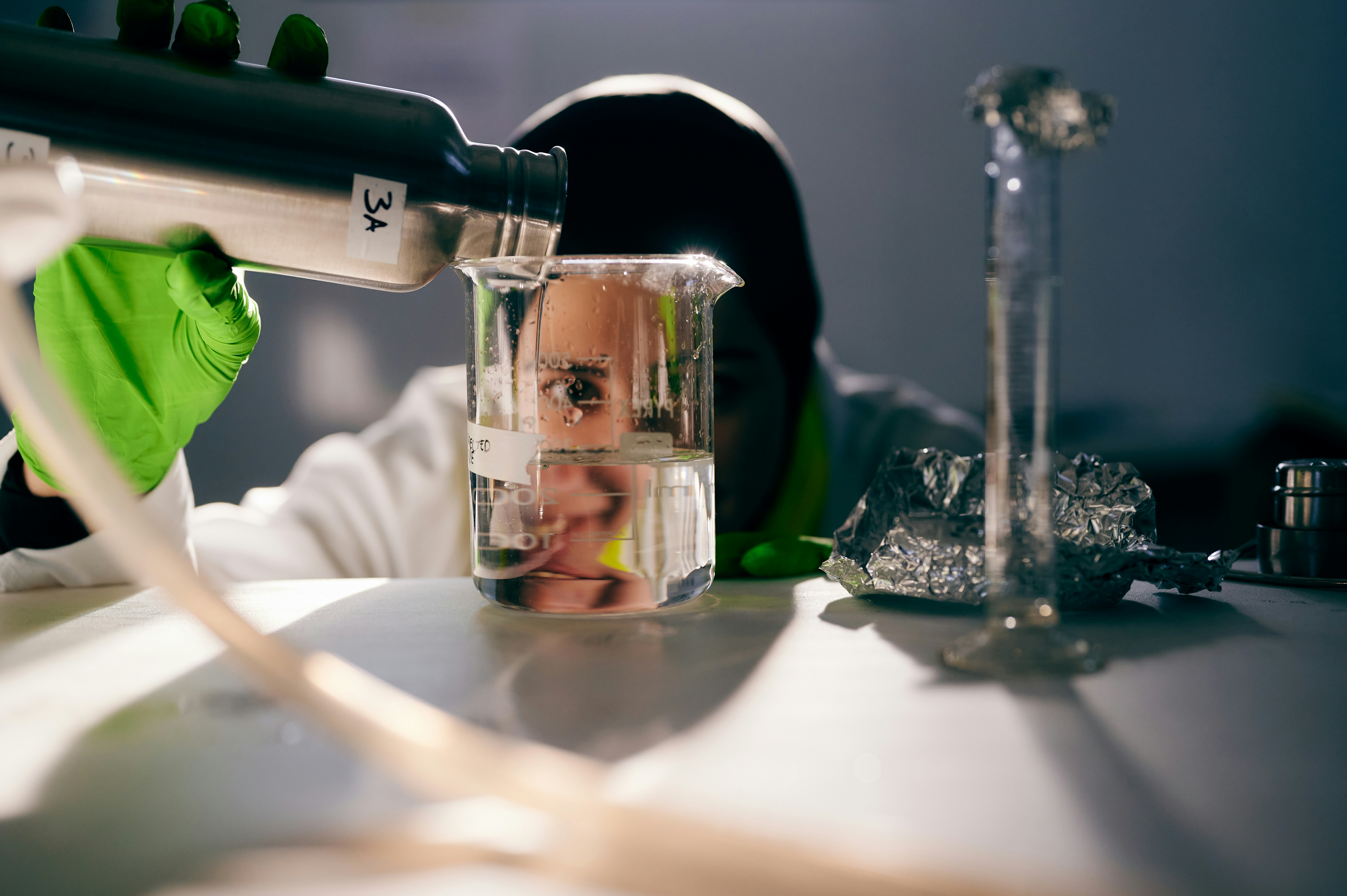
"The most important lesson I took away from this experience was how the actions of one person can have such a negative or positive impact on the planet," Rasha says. "We're powerful creatures and I believe that with this power comes great responsibility to our planet and ourselves."
The results of the Kirstie Jones-Williams' research will be published later this year. Meanwhile, you can learn more about the impacts of microplastics on the environment here.
